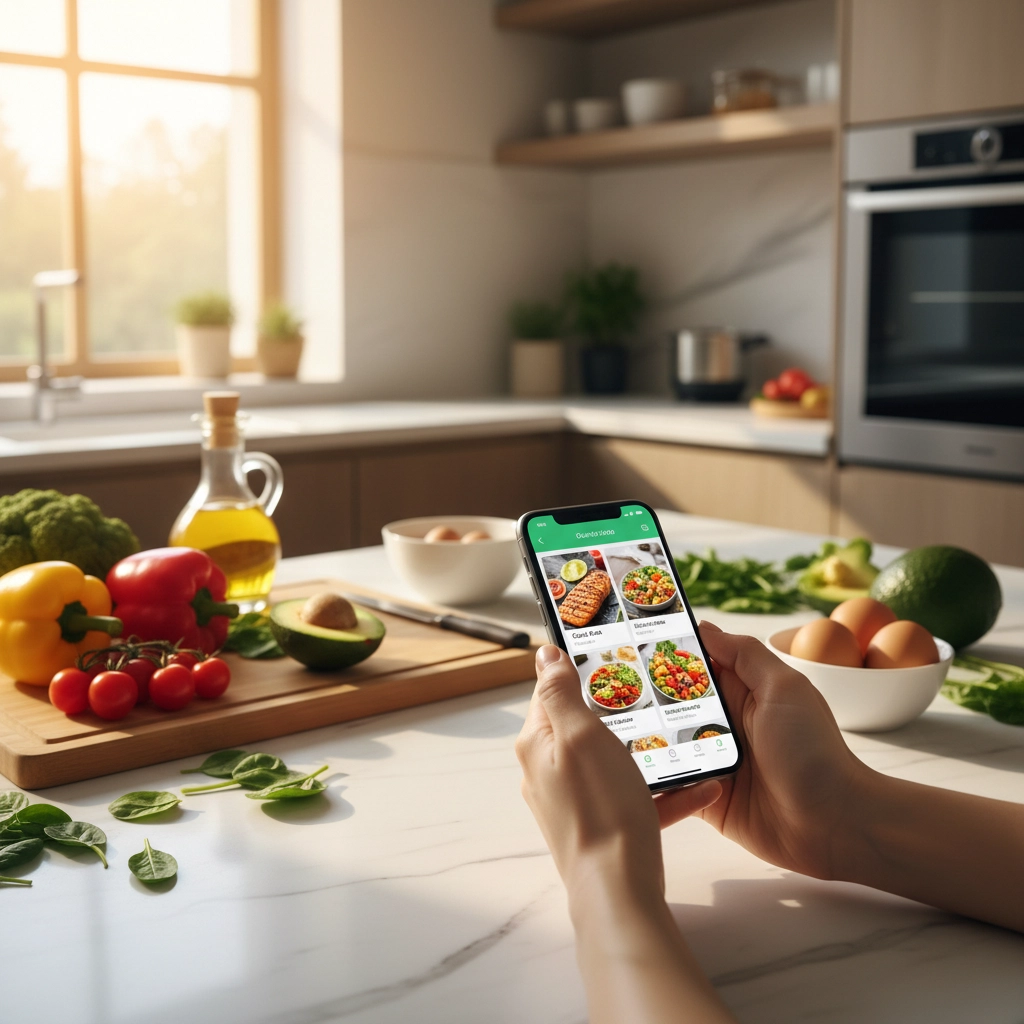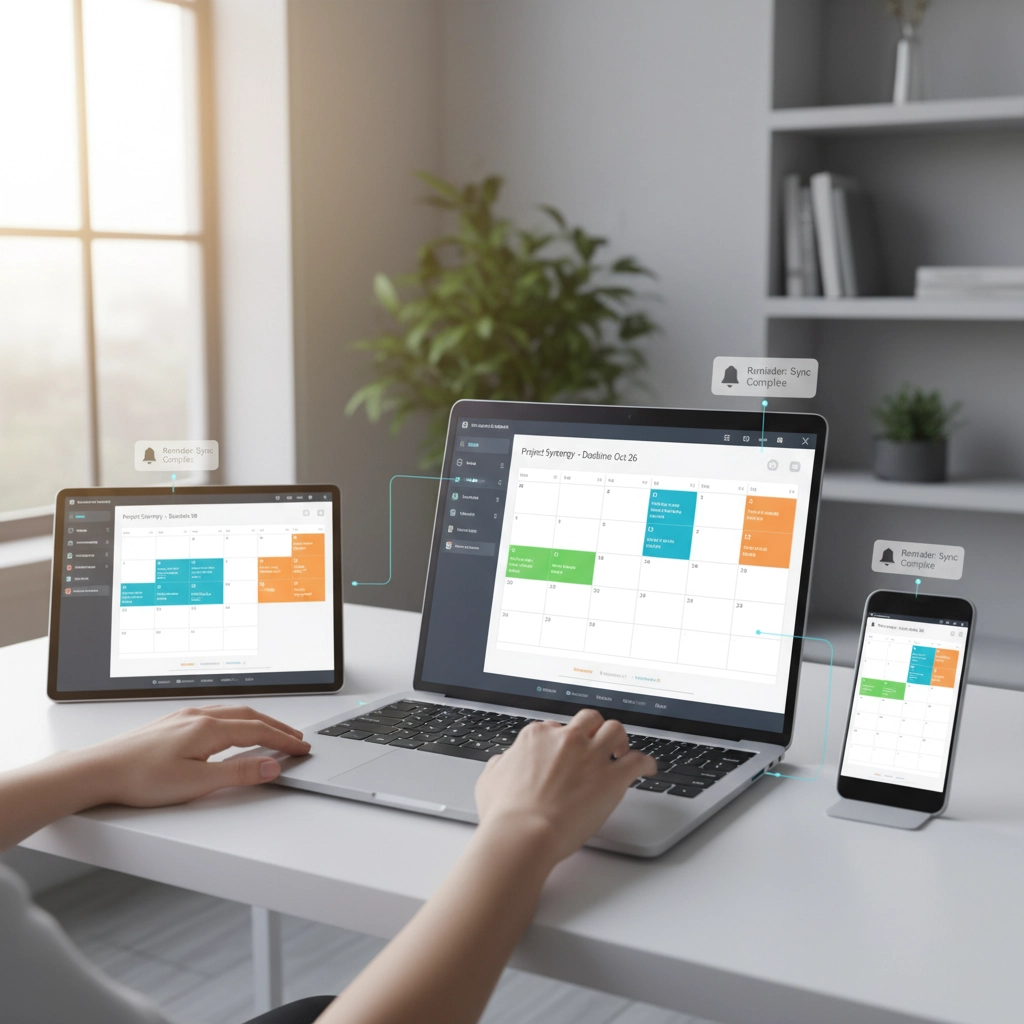AI Assistants Get Smarter: What the Latest Updates Mean for Your Daily Life (2025)
- Travis Moore
- Sep 17
- 5 min read
AI assistants have reached a turning point in 2025, transforming from simple voice-activated tools into sophisticated digital companions that anticipate your needs and integrate seamlessly across every aspect of daily life. The AI assistant market has exploded to $42 billion globally, with major platforms like Amazon's Alexa generating $10.5 billion in revenue in 2024 alone, while Apple's Siri contributes significantly to the company's $70 billion services revenue. This massive growth reflects how these technologies have moved beyond novelty features to become essential infrastructure in modern living.
Revolutionary Intelligence Capabilities Transform User Experience
The most significant advancement in 2025 is multimodal intelligence, which allows AI assistants to process voice, text, and visual inputs simultaneously. Instead of being limited to voice commands or typed queries, you can now show your assistant a photo of your refrigerator contents and ask for recipe suggestions, or point your phone at a document while asking questions about its content.
This capability fundamentally changes how you interact with technology throughout your day. When cooking dinner, you can hold up ingredients and receive instant recipe recommendations tailored to your dietary preferences and cooking skill level. When traveling, you can photograph street signs in foreign languages and receive immediate translations with cultural context.

Emotional AI represents another breakthrough development, enabling assistants to recognize your mood through tone, facial expressions, or writing style. This means your assistant can respond with soothing support during stressful moments, provide motivational energy when you need encouragement, or take quick action when urgency is detected in your voice. The technology analyzes subtle cues in your communication patterns to adapt its responses accordingly.
By recognizing emotional states, your assistant can automatically adjust smart home settings to match your mood, suggest appropriate music or activities, or even recommend when to take breaks during busy workdays. This emotional intelligence creates a more natural, human-like interaction that reduces the friction between you and your digital tools.
Enhanced Autonomy Handles Complex Tasks Independently
AI assistants now feature self-determining decision-making capabilities that handle complex scheduling and problem-solving autonomously. When your flight gets delayed, your assistant can automatically reschedule meetings, notify relevant contacts, and adjust your entire day's itinerary without requiring your input. This level of independence allows you to focus on high-priority tasks while your digital companion manages the logistics.
The autonomous capabilities extend beyond simple scheduling. Your assistant can now negotiate with other AI systems to find optimal solutions for complex problems. If you need to coordinate a family dinner with multiple schedules, dietary restrictions, and location preferences, your assistant can communicate with other family members' assistants to find mutually agreeable arrangements.

Contextual memory has dramatically improved, with assistants remembering your routines, preferences, and past conversations across extended periods. Your assistant now knows your favorite restaurant, typical work schedule, preferred travel routes, and personal preferences, creating a truly personalized experience that evolves with your lifestyle.
This enhanced memory means your assistant learns from every interaction, building a comprehensive understanding of your habits and preferences over time. It remembers that you prefer morning meetings, dislike seafood, always book aisle seats on flights, and typically go to bed by 10 PM on weeknights. These details accumulate to create increasingly accurate predictions and recommendations.
Seamless Integration Creates Unified Digital Experience
Cross-device synchronization ensures perfect continuity as you move between your phone, laptop, smartwatch, and smart home devices. Start a task on your phone during your commute, continue it on your laptop at the office, and finish it on your tablet at home: all without losing context or progress.
This integration extends beyond simple data sharing. Your assistant maintains awareness of your location, current activity, and available devices to provide the most appropriate interface for each situation. When you're driving, it prioritizes voice interactions. When you're at your desk, it can display detailed visual information on your computer screen.
In smart homes, AI assistants have become central control hubs that go far beyond basic commands. They can monitor food freshness in smart refrigerators, suggest recipes based on available ingredients, automatically place grocery orders, and adjust lighting and temperature based on your presence and mood. For individuals with disabilities, these advances provide unprecedented levels of independence and interaction with their environment.

The integration capabilities create a truly connected ecosystem where all your devices work together toward common goals. Your assistant can coordinate between your fitness tracker, calendar, and smart home system to create optimal environments for different activities throughout your day.
Privacy-First Design Addresses Security Concerns
One of the most significant developments is enhanced offline functionality, allowing AI assistants to work without internet connectivity while providing faster, more private responses. This addresses growing privacy concerns while ensuring consistent performance regardless of network conditions.
Development-focused AI assistants now support local models including advanced coding assistants that can function completely offline with no data leaving your device. This approach ensures sensitive information remains secure while maintaining full functionality.
The offline capabilities mean you can access AI assistance even in remote locations or during network outages. Your assistant can continue to help with scheduling, reminders, calculations, and basic information retrieval using locally stored data and processing power.
Enhanced privacy controls now allow you to specify exactly what information your assistant can access, store, and share. You can create separate privacy profiles for work and personal use, ensuring professional information remains compartmentalized from personal data.
Practical Applications Reshape Daily Routines
These technological advances translate into tangible improvements in how you manage daily activities. Morning routines become more efficient as your assistant coordinates alarm times with traffic conditions, weather forecasts, and calendar appointments to optimize your start time.
During work hours, your assistant can monitor your productivity patterns and suggest optimal times for different types of tasks. It can block calendar time for deep work when you're most focused and schedule lighter activities during your typical energy dips.

For health and wellness management, AI assistants now integrate with medical devices and health apps to provide comprehensive lifestyle recommendations. They can suggest meal timing based on your circadian rhythms, remind you to take medications at optimal times, and even coordinate with your healthcare providers for routine check-ins.
Financial management becomes more proactive as your assistant monitors spending patterns, identifies unusual transactions, and suggests budget adjustments based on your goals and upcoming expenses. It can automatically categorize transactions, track progress toward savings targets, and alert you to opportunities for better financial decisions.
Future Implications for Personal Productivity
The virtual assistant market's explosive growth from $6.37 billion in 2024 to $8.17 billion in 2025: a remarkable 28.2% annual growth rate: reflects fundamental changes in how we interact with digital systems. This rapid expansion indicates not just technological advancement but a shift toward AI-first computing experiences.
For your daily life, these updates mean AI assistants are transitioning from reactive tools to proactive partners. They're becoming the invisible infrastructure that handles routine tasks, anticipates your needs, and adapts to your lifestyle patterns.
The integration of advanced AI capabilities into everyday tools creates opportunities for significant productivity gains. By automating routine decisions and optimizing daily workflows, these assistants free up mental energy for creative and strategic thinking.

Whether you're managing a complex work schedule, maintaining a smart home, or simply trying to streamline daily routines, 2025's AI assistants offer unprecedented levels of intelligence, autonomy, and integration. These developments transform AI assistants from optional conveniences into indispensable digital companions that enhance every aspect of modern life.
The key to maximizing these benefits lies in gradually incorporating AI assistance into your existing routines, allowing the technology to learn your preferences and adapt to your specific needs over time. Start with simple tasks and gradually expand the assistant's responsibilities as you become more comfortable with its capabilities and reliability.
Comments